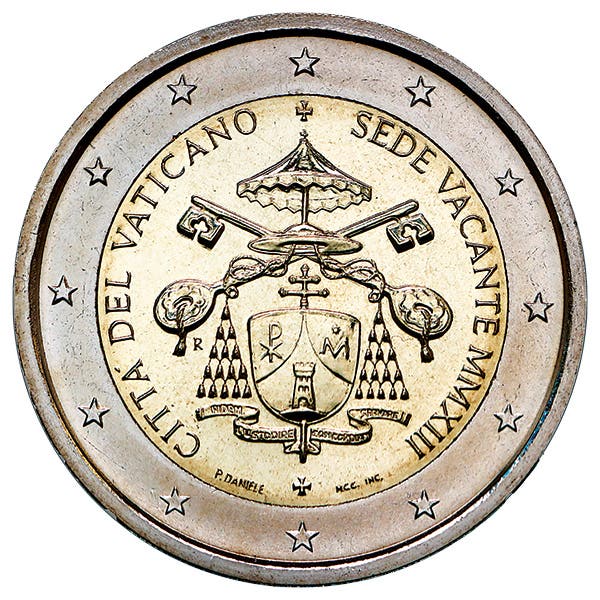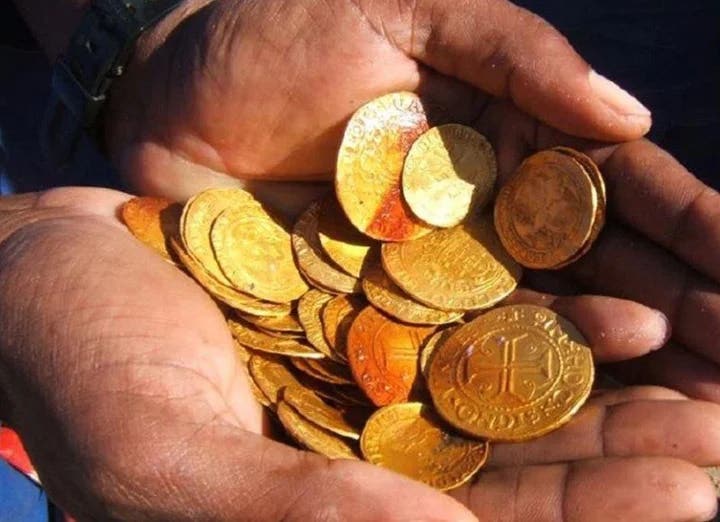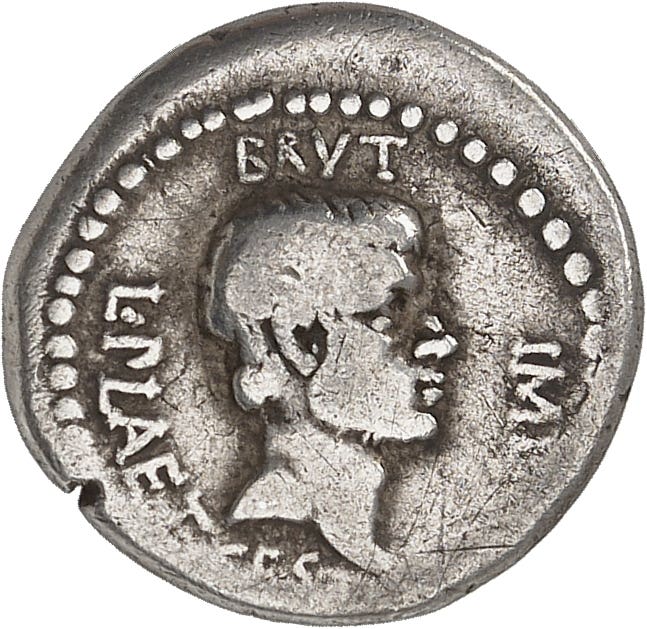Columbia Asserts Its Claim to Treasure
The governments of Colombia and Spain, Bolivian Indigenous groups, and a U.S. salvage company are fighting it out over the rights to a sunken treasure located somewhere in the Caribbean Sea.
Move over Mel Fisher and Davy Jones. Here we go again with a world-class fight over who owns the rights to the “gold doubloons and pieces of eight” that have been located on a fabled shipwreck.
This legal battle pits treasure hunters, including the government of Colombia, Spain, Bolivian Indigenous groups, and a U.S. salvage company. The rights to the sunken treasure are almost as murky as the water in which it is submerged since the location of the shipwreck has been kept secret. It is certain it is situated somewhere in the Caribbean Sea.
At stake is the future of a shipwreck that has been dubbed the “holy grail” of such wrecks by experts. The Spanish galleon San José was a 64-gun, three-masted warship that was part of the Spanish Armada de la Guardia de la Carrera de las Indias. The ship was launched in 1698 and met its unfortunate end in 1708 when it was sunk in a battle off Barú Island known as Wager’s Action, fought just south of Cartagena, Colombia, by a British squadron commanded by Charles Wager during the War of the Spanish Succession. The Spanish fleet was defeated in this “action.” The San José likely had about 600 men onboard.
The governor of Cartagena had warned the Spanish fleet of the danger of leaving port at that time, however, fleet commander José Fernández de Santillán was also concerned about the approaching hurricane season. The fleet’s escort in Havana would only wait so long, then would have sailed for Spain without Santillán’s treasure ships.
The fleet to which the San José belonged consisted of 14 merchant ships, a light-armed hulk, and two additional warships, these being the 64-gun San Joaquín and the 44-gun Santa Cruz. The San José allegedly carried 7 to 11 million pesos in gold and silver coins. The San Joaquín was carrying 5 million, and the Santa Cruz was carrying a smaller amount. The value of this booty (which also includes emeralds) is estimated to be more than $20 billion today.
The 1701 to 1714 conflict was fought for control of the Spanish empire, primarily between the Bourbon and Hapsburg dynasties following the death of Charles II of Spain. Charles died in late 1700 but had no direct heirs. In his will, Charles had named his great nephew, Philip the Duke of Anjou, as his successor. The duke was a grandson of King Louis XIV of France, a Bourbon. This succession was quickly challenged by the Austrian Habsburg Archduke Charles.
The ultimate outcome was that the Duke of Anjou was crowned as Philip V of Spain but was also removed from the succession to the French throne by agreement. Through this agreement, a union of France and Spain was averted, while Habsburg Austria gained control of Spanish territories in Italy and the Netherlands.
Ann Coats is an associate professor in maritime heritage at the University of Portsmouth in England. Comparing the Spanish warship to the well-known English ship Mary Rose from the time of Henry VIII, Coats said, “The San José is a very, very special ship. It’s comparable to the Mary Rose in that it was in action at the peak of Spanish technology and shipbuilding. There are so many questions the San José could help answer.”
Coats continued, “Money has always driven the story of the San José. The British wanted to capture it to deny money to Spain, then the money onboard drove the archaeological search for the wreck. Then disputes got in the way of studying the ship. It would be nice if for once money wasn’t driving things and a huge cultural collaboration could take place to study it properly.”
Additional cargo of value to archeologists that was onboard the San José includes glass, leather, and porcelain.
The legal dispute over who has rights to the shipwreck includes the U.S.-based salvage company Sea Search Armada (SSA). SSA has argued that the company located the area in 1981 where the ship was later found and that Colombia should split the profits with SSA. In 2011, a U.S. court ruled in Colombia’s favor, stating that Colombia has the rights to the ship’s remains.
The rights to the ship’s treasure have also involved the Bolivian Indigenous people Qhara Qhara who have argued their ancestors likely mined the gold and silver from which the coins were struck.
Spain still insists the treasure is theirs. According to Spain, the ship should be theirs because the San José was part of the Spanish fleet returning from what was then part of the Spanish empire.
In a May interview with The Guardian, Director of the Colombian Institute of Anthropology and History Alhena Caicedo said, “There has been this persistent view of the galleon as a treasure trove. We want to turn the page on that. We aren’t thinking about treasure. We’re thinking about how to access the historical and archeological information at the site.”
Colombian Minister of Culture Juan David Correa added, “History is the treasure.” Correa previously said the purpose of Columbia’s robotic equipment mission, which is currently studying the wreck, is to “claim the heritage elements for which the remains of the galleon should be valued.”
In 2018, Colombia attempted to auction some of the treasure to fund the cost of recovering the shipwreck. The auction was blocked by UNESCO and the Colombian courts. Today, Colombia is self-funding the first stages of the exploration with $7.3 million. Colombia has also pledged not to sell any coins or artifacts it recovers.
The treasure’s existence has been documented through underwater photography that indicates the coins are scattered and intermixed with seashells across the ocean floor. Details of the imaged coins have not yet been published. A 1620 royal decree established the Cartagena de Indias minting facility. Although the initial plan was to mint vellón (copper and silver alloy) coins, the mint produced silver 8 reales dated 1621 instead. Quarter-, half-, 1-, and 2-reale silver coins were authorized in 1626. The mint produced rough workmanship-type macuquina or “cob” gold and silver coins between 1630 and 1635. Although officially closed after 1635, illegally produced coins were minted there in 1655. Coins on the shipwreck were likely struck elsewhere and are likely dated through 1708.
In May, Colombia declared the find a “protected archeological area” that “guarantees the protection of heritage” through the ship’s “long-term preservation and the development of research, conservation, and valuation activities.”
You may also like:








